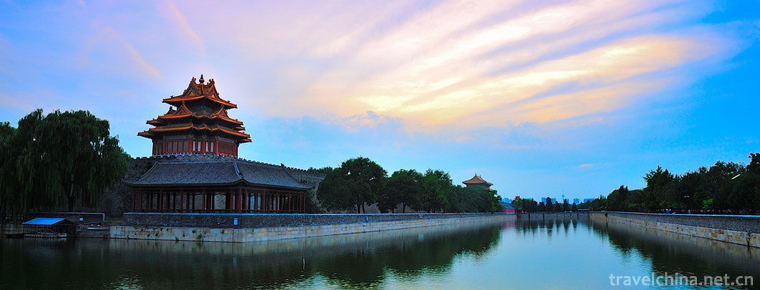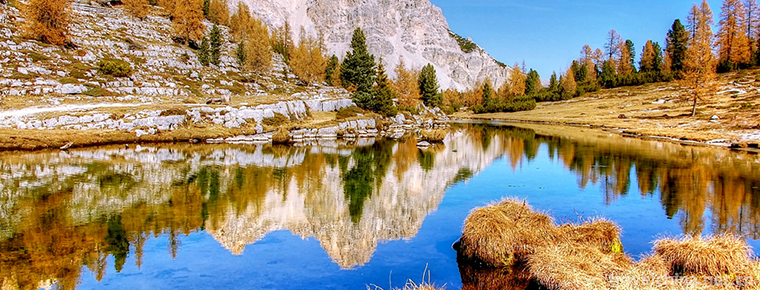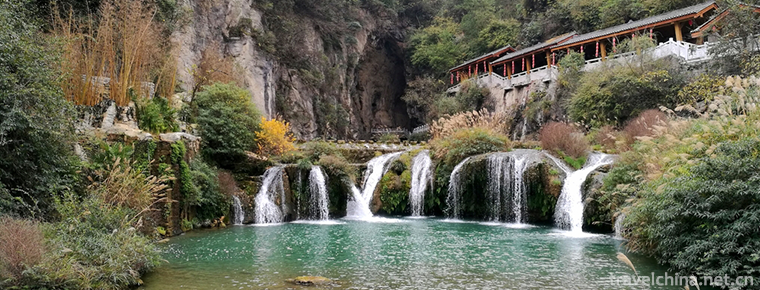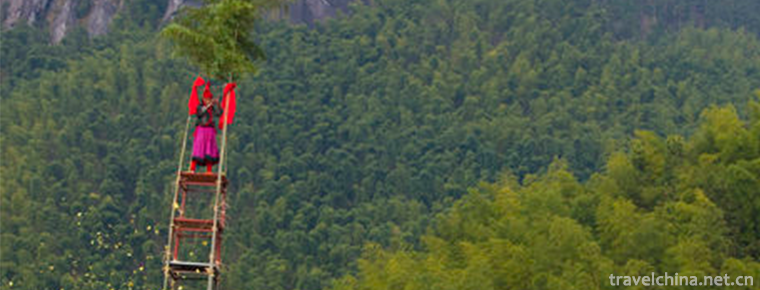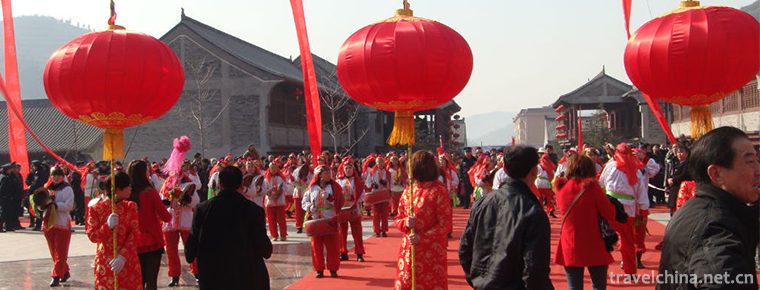Seven Star Mountain tower
Seven Star Mountain tower
The Seven Star Mountain tower, commonly known as the black tower, was built in the Jiajing period of the Ming Dynasty (1522-1566). It is the brother tower of Dongshan white tower. It is on a peak of Qixing mountain in Taba village, Nanguang Town, southern suburb of the city, 10 kilometers away from the urban area. It is one of the three towers in Yibin.
The tower body is a hollow dense eaves octagonal conical brick structure. The base of the platform is xumizuo, 1.7 meters high, 4.4 meters long and 30.7 meters high. The body of the tower is octagonal, and the top of the tower collapsed early. There are empty rooms in the tower, with Buddhist niches, many relief stone carvings, and there are pedals circling up. The tower body is retracted layer by layer, and the top of the tower is hidden on the seventh floor eaves. There are solid columns in the tower, and there are niches on each floor. Inside the tower, bricks are stacked on the top of the footpath to make a rolling top, and the steps circle around the solid column from left to right to the top. There are 118 grades in total. The gate is 2.2 meters high and 1.15 meters high. The gate post is circular, with arc-shaped "dragon pillars" carved on both sides, and "two dragons fighting for treasure" on the bottom of the caisson. The fourth layer of caisson is engraved with "Shuangfeng Chaoyang", and the seventh layer is engraved with "Panlong". These carvings are delicate and lifelike. The whole body of the tower is made of iron blue brick and stone without coating. In addition, it has not been repaired and decorated for many years. From a distance, it looks like Dai, and hence the name of "black tower". A major repair was carried out in 1987. According to the custom, the tower is still covered with iron blue, but the top partition is made up.

Seven Star Mountain tower
-
Inner Mongolia Autonomous Region Alshan Chaihe Tourist Scenic Area
Inner Mongolia Autonomous Region Alshan Chaihe Tourist Scenic Area/Chaihe Tourist Scenic Spot has a total area of 1368.7 square kilometers
Views: 194 Time 2018-12-02 -
Golden Sands Beach
Golden Beach is located in the southern end of Shandong Peninsula, the Yellow Sea coast of Qingdao Huangdao District, Golden Beach Road. It is bordered by the Yellow Sea in the South and stretches
Views: 148 Time 2019-01-26 -
Tianhetan Scenic Area
Tianhetan is located in Shibanzhen, Huaxi District, Guiyang City, Guizhou Province. It is a scenic spot with typical karst natural scenery as the main part and historical celebrities
Views: 133 Time 2019-02-21 -
Turn over to the nine floor
The Ninth Floor, also known as the Ninth Floor, is a traditional folk activity popular in northeastern Fujian and southern Zhejiang. It is mostly used in rituals such
Views: 326 Time 2019-04-29 -
Neutralization Festival
Zhonghe Festival, a traditional Chinese folk festival, is on the second day of February, but the date at that time was on the first day of February. With the evolution of history, it was changed to th
Views: 391 Time 2019-08-03 -
Anhui University of Finance and Economics
As a multi-disciplinary finance and economics university, economics, management and law are the first batch of universities that have the right to grant bachelor's degree and the third batch of granti
Views: 207 Time 2019-09-30 -
And then I met him 66 Hu Tik Tok Songs 2020 Hot Songs
Hey, do you still think of me Like I cry sometimes at night I was so happy that I thought you were the end To give you everything Time is always disobedient and starts to play dumb
Views: 503 Time 2020-05-21 -
Former residence of Wu Yuzhang
Wu Yuzhang's former residence is located in group 6, caijiayan village, Shuangshi Town, Rong County, Zigong City, Sichuan Province. It is 14km away from the county seat and 32km away from Zigong City.
Views: 183 Time 2020-10-15 -
Mahu scenic spot
Mahu scenic area, located in Leibo County, Liangshan Yi Autonomous Prefecture, Sichuan Province, covers an area of 100 square kilometers. The scenic spot is composed of Mahu lake, Jinshajiang Valley and primitive dense forest.
Views: 205 Time 2020-10-16 -
Technical requirements of Chinese embroidery
The technical requirements of embroidery are: smooth, even, flat, even and clean. Smooth refers to straight straight straight line and smooth curve; neat refers to neat pointer trace and no uneven edge; flat refers to accurate gesture, plain
Views: 332 Time 2020-12-12 -
Meishan special food
Meishan traditional delicacies and specialties include: sugar and oil fruit, spicy sausage, Sichuan fried spring rolls, Dongpo bean curd elbow, stone bean curd, Dongpo cuttlefish, Dongpo sausage, sweet potato sugar, Meishan Qiao Jiao beef, yameizi so
Views: 258 Time 2020-12-18
